For the trial of James Holmes, the shooter who would ultimately be convicted for the Aurora, Colorado theatre shooting, 9,000 jurors were summoned. Although this is an extreme example, it does illustrate why a high-profile trial could be very detrimental to the jury pool at large. For larger jurisdictions, using thousands of summoned jurors to select one jury may not have too much of an impact on the jury pool. However, in a jurisdiction with a population of under 50,000, utilizing several thousand jurors for one case may have an impact on the jury pool for multiple years.
It is vitally important for a smaller court facing jury selection in a high-profile case to be aware of the specific statutory mechanism which causes members of the public to gain a statutory exemption for prior service. That may be responding to a summons, appearing for jury service or actually serving on a jury. If the exemption attaches for physically appearing for jury service, the court may want to use a case specific juror questionnaire as an initial screening tool so that the exemption does not attach. Although this may feel somewhat disingenuous to circumnavigate the exemption, in some jurisdictions this may be a practical necessity so they do not run out of jurors in future years.
The court may want to summon jurors in waves if it is determined that an exceptional number of jurors may be required to try a high profile case. Even the most well informed estimates of the jurors required to try a given case, are still just estimates. In the trial of accused Boston Marathon bomber Dzhokhar Tsarnaev, 1,373 prospective jurors filled out questionnaires. The initial estimates of the number of jurors which would be required for the trial was 2,500. US District Judge George A. O’Toole Jr. was a seasoned trial judge when he tried the Tsarnaev case so the initial estimate of the jurors required was made by a skilled professional. It may be entirely possible that a jury might be using many fewer jurors than anticipated.
Additionally, at some point as the number of jurors anticipated to be required to select a jury becomes enormous, it may be time to consider changing venue. A common technique skilled trial judges use when confronted with a change of venue motion is to hold it in abeyance, try to select a jury and then grant it only if they are unable to do so. So it may be reasonable for a trial judge to use this technique and cap the number of jurors to be used in the selection process before said process begins.
